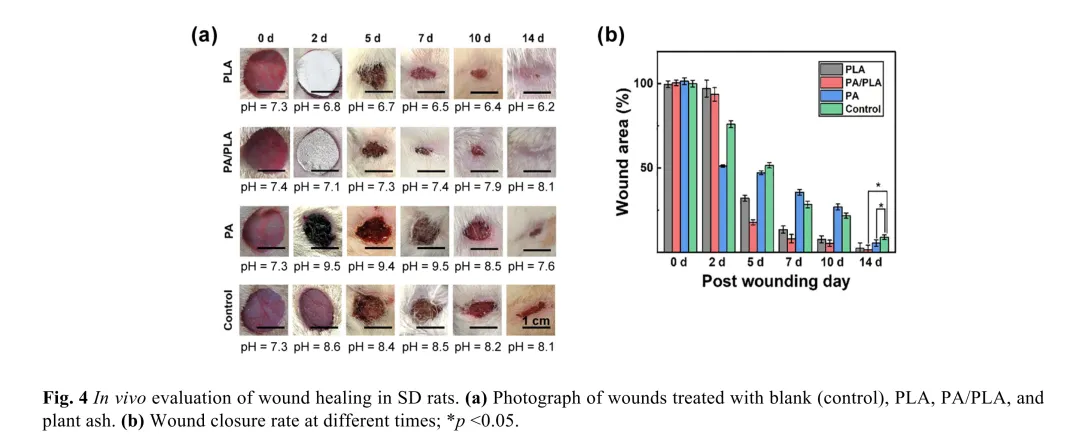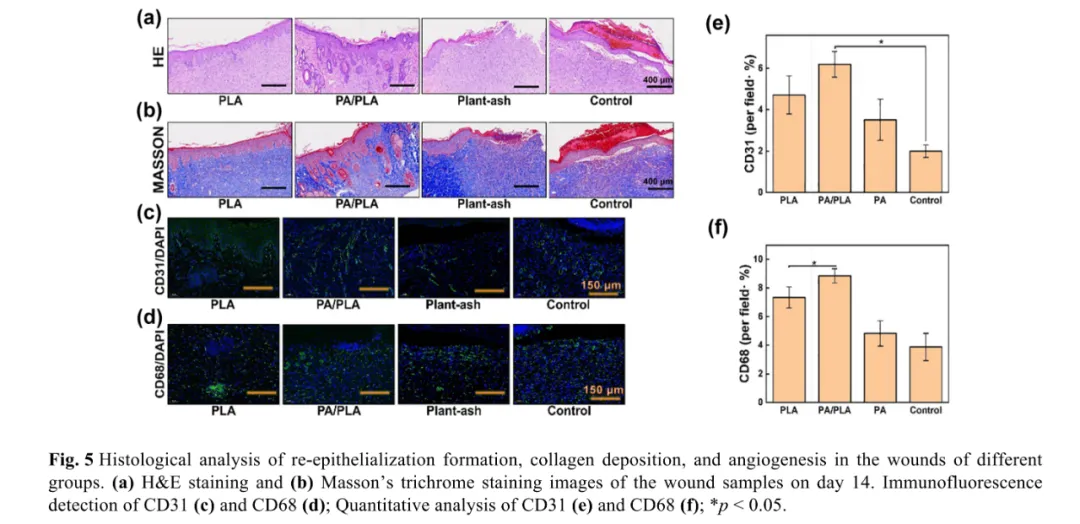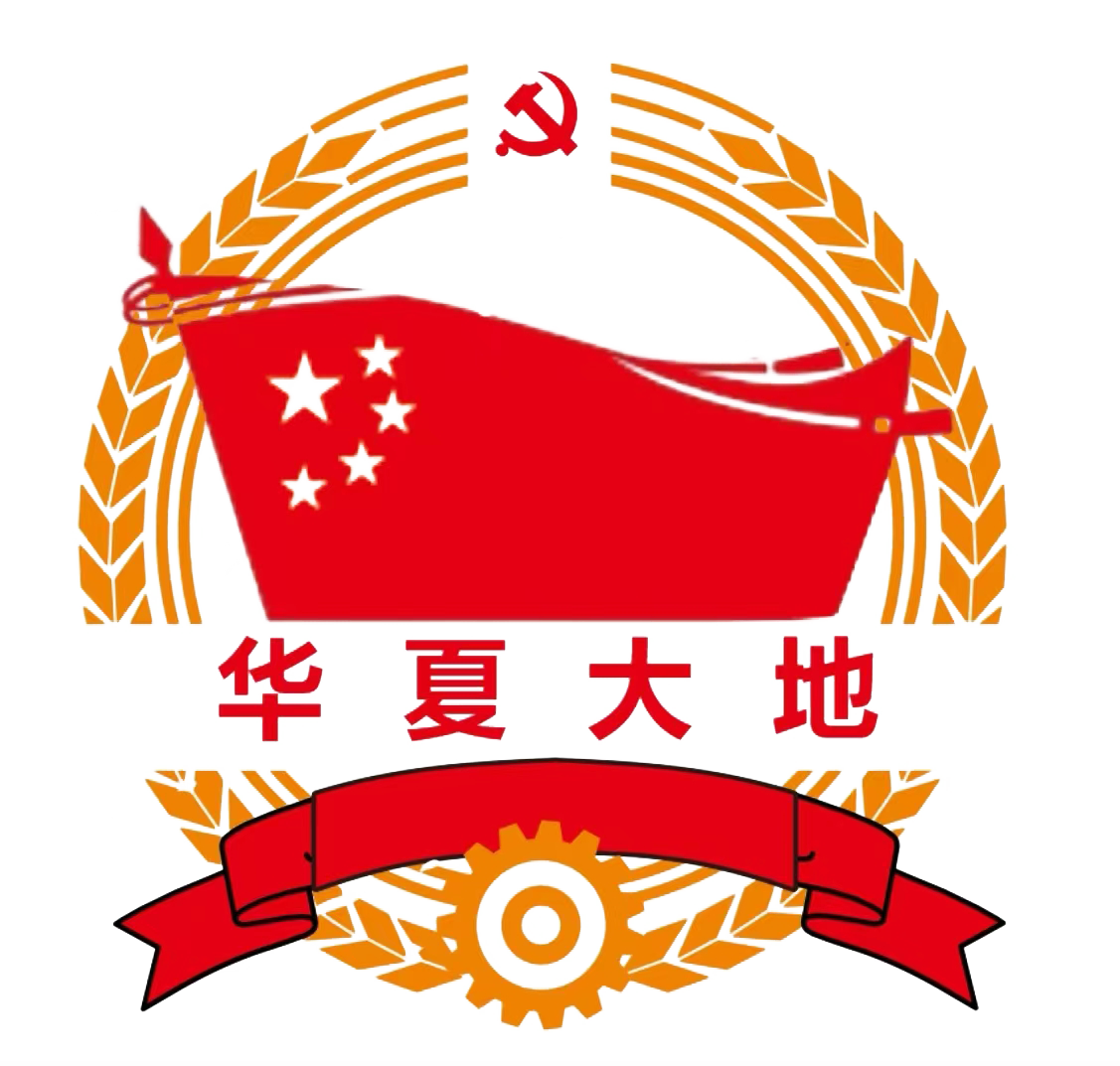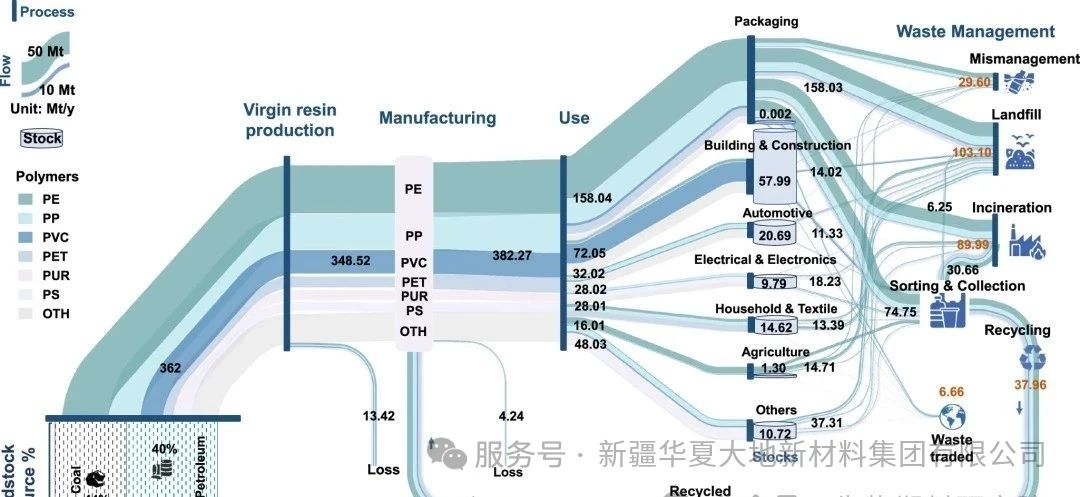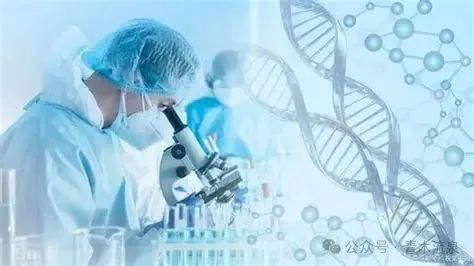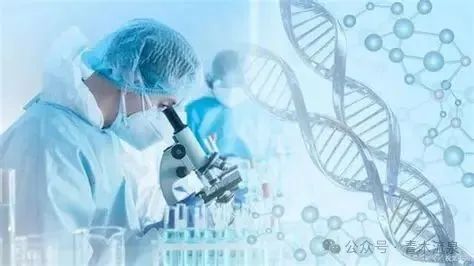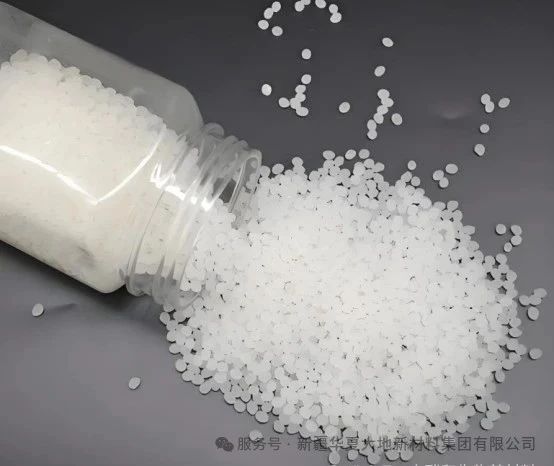Wound healing has always been a hot topic in the field of medicine and biomaterials. pH in the traumatic environment plays a key role in the wound healing process. Intact skin is naturally acidic, with a pH of 4-6. At the time of injury, due to the leakage of microvessels, the pH of the wound is increased, close to the physiological pH that is conducive to bacterial infection (7.4). As a result, the wound environment becomes more alkaline, usually at a pH of 7.5-8.9, causing inflammation that leads to longer wound healing times. When rebuilding the barrier function of chronic trauma, restoring the acidic environment of the wound can reduce the microbial load on the skin surface and reduce the susceptibility to bacterial colonization. In addition, restoring the acidic environment can also help the adipose tissue to restore metabolism. Therefore, proper regulation of wound pH can accelerate wound healing. Polylactic acid (PLA) nanomaterial has large specific surface area, controllable porosity and good biological properties, which can not only benefit cell respiration, but also inhibit bacterial infection of wounds, promote cell proliferation and accelerate wound healing.
In this study, a plant ash (PA)/PLA nanofiber dressing was developed, which utilized the weak alkalinity of plant ash to achieve pH adjustment of the wound microenvironment, which could create an ideal microenvironment for wound healing and significantly accelerate the healing process. The wound experiment results of SD rats showed that PA/PLA dressing could keep the wound microenvironment in a weak alkaline (7.5-8) state for a long time, and the wound repair effect of the experimental group was significantly better than that of other experimental groups. In addition, through histopathological observation of wound model, it was found that the neovascularization of mice in PA/PLA experimental group was significantly higher than that in other groups, with a good ability to generate blood vessels, and the formation of cuticle and new hair follicles, suggesting the late stage of wound healing. The results of this study provide an innovative solution for the treatment of chronic and complex wounds, and also provide a scientific basis for clinical application.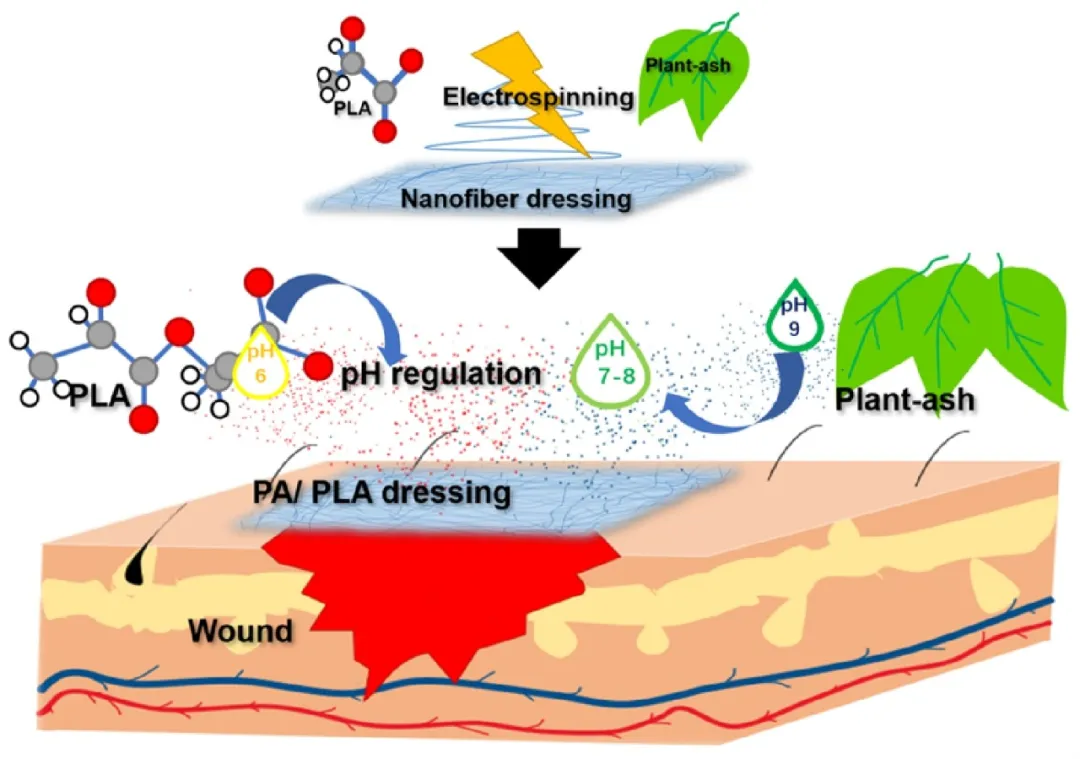
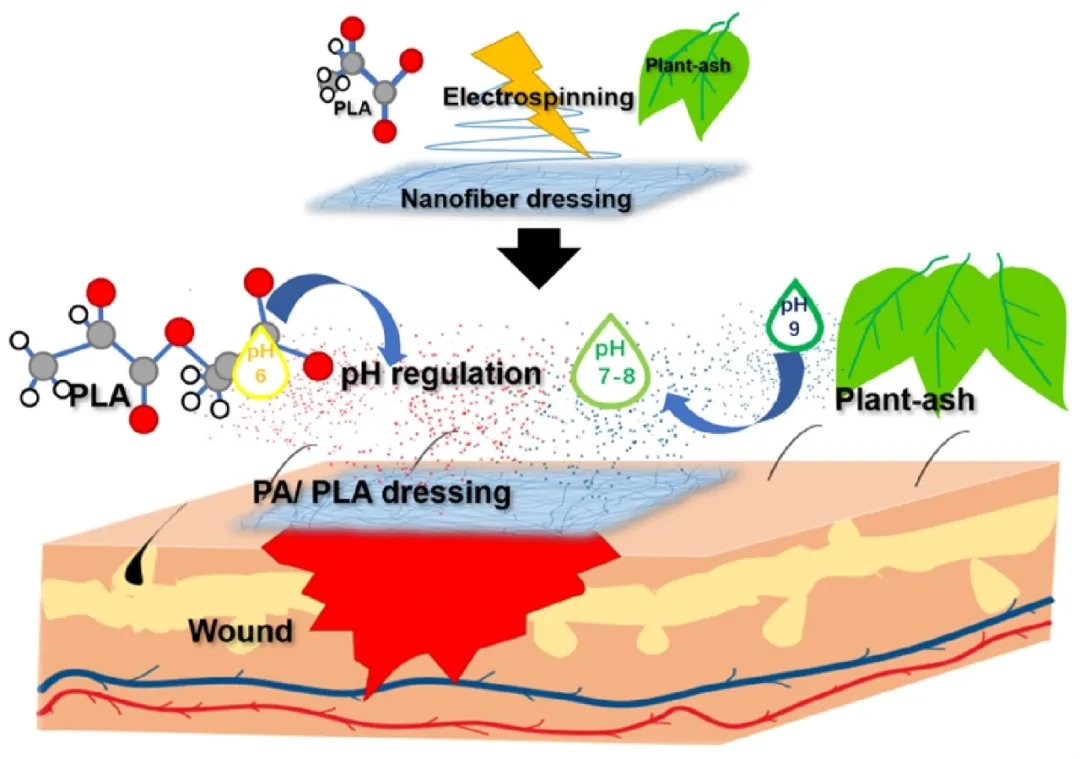
Research introduction
As a key external barrier of the human body, skin plays a vital role in protecting the internal organs from the external environment. However, accidental abrasions or injuries can severely damage the skin and form wounds that are difficult to heal, which can lead to infections and other complications. Wound healing is a complex physiological process, which usually includes four stages: hemostasis, inflammation, proliferation and remodeling. The pH of the skin is critical in this process: normal skin is acidic (pH 4-6), while the pH of wounds is often alkaline (pH 7.5-8.9) due to microvascular leakage, which not only impeds wound healing, but also facilitates bacterial infection. Therefore, the development of dressings capable of adjusting wound pH is of great significance in promoting wound healing.
The study developed a new type of PA/PLA dressing through electrospinning that promotes healing by regulating the pH of the wound. In vitro studies have shown that the dressing can adjust pH value, keep the wound microenvironment weakly alkaline (7.5-8), has good mechanical properties and good biocompatibility, and can provide good support for the growth of fiber cells. Histopathological and metabolomic analyses of in vivo studies showed that the PA/PLA experimental group of SD rats had significantly higher neovascularization than the other groups, showed anti-inflammatory properties, and developed cuticle and new hair follicle formation, thereby enhancing the wound healing process. As an innovative medical dressing, it combines the biocompatibility and degradability of PLA with the pH regulation ability of plant ash to provide a new solution for wound management that will show great potential in accelerating wound healing and tissue regeneration.